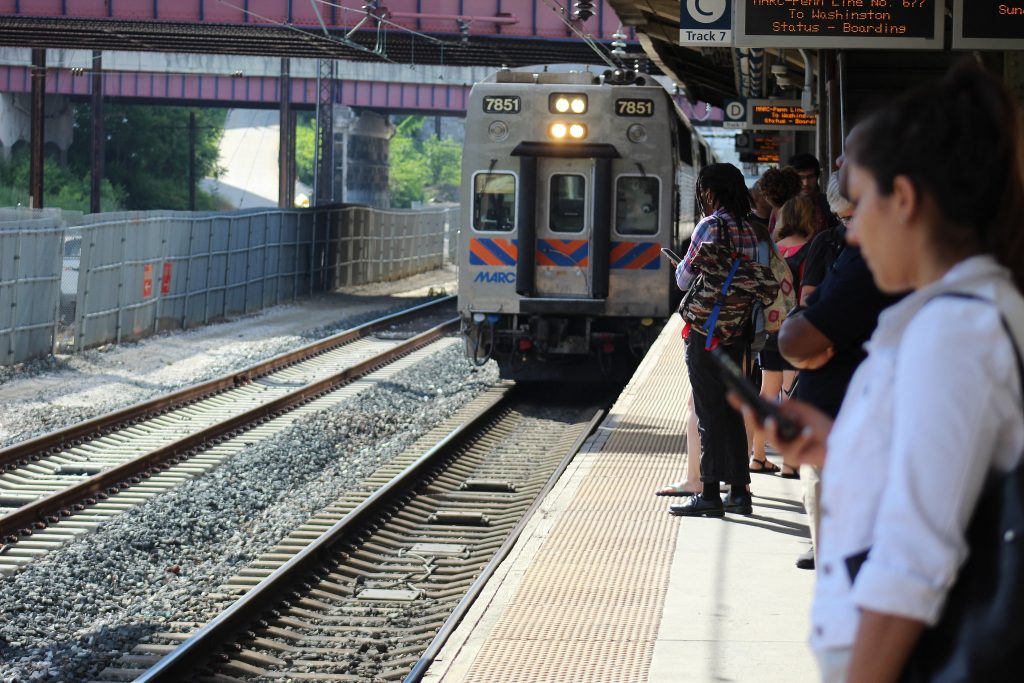Congress to pass billions in much-needed relief for public transit and Amtrak
Today, Congress will take a big step towards recovering the United States’ essential public transit and passenger rail network from the pandemic with a $1.9 trillion stimulus package. The bill—soon to be voted on in the House and signed into law by President Biden—includes $30.5 billion in emergency relief for public transit and $1.7 billion for Amtrak.

We’ve been researching, organizing, blogging, tweeting, meeting, rallying, advising, and even meme-ing about it for a year now: COVID-19 has thrown public transportation and passenger rail into crisis.
With revenue from fares and taxes declining, the operating budgets of these essential public goods have been running on fumes. The threat of permanent service cuts grows ever more serious by the day—despite the fact that public transit has been essential to our pandemic response. Limited funding even forced some transit agencies to consider service cuts as soon as this spring, mere months after the last infusion of emergency relief was passed in December.
Today, the House of Representatives will pass much-needed emergency funding that greatly reduces the threat of service cuts. The bill, known as the American Rescue Plan Act, includes $30.5 billion for public transit and $1.7 billion for Amtrak.
“Public transportation and passenger rail are essential to every aspect of American life. We’re thrilled that Congress understands this and is legislating accordingly,” said Beth Osborne, director of Transportation for America. “The American Rescue Plan means that cities and towns will not reopen without transit and rail operating, and ensures that essential workers and riders counting on transit to reach jobs, healthcare, groceries, and other services throughout the pandemic will have these vital connections.”
The emergency funding for public transit includes much-needed operating funds and emergency funding for Capital Investment Grants (CIG), the main transit construction program. Senators increased the amount of funding House legislators provided for CIG by $250 million.
We consider the $30.5 billion for transit as a significant down payment towards the $39.3 billion in emergency assistance required to truly secure public transit from this crisis. The American Public Transportation Association found in an independent economic analysis that $39.3 billion is the amount needed to avoid service cuts and layoffs through summer 2023. The $30 billion provided in the American Rescue Plan will prevent cuts through 2022. We urge Congress to pass an additional $9.3 billion for transit in subsequent legislation.
But public transportation needs more than emergency funding to charge an equitable and sustainable economic recovery from COVID-19. Investment in public transit has long been undermined by a federal transportation program that overwhelmingly funds new and wider highways, limiting the impact of transit investments and the amount of funding transit even receives.
With the light finally at the end of our pandemic tunnel, and with long-term federal transportation policy expiring this year, it’s time for Congress to make public transit and passenger rail a cornerstone of our transportation program: not an afterthought that only receives 20 percent of federal funds.




















4 Comments